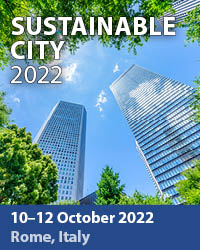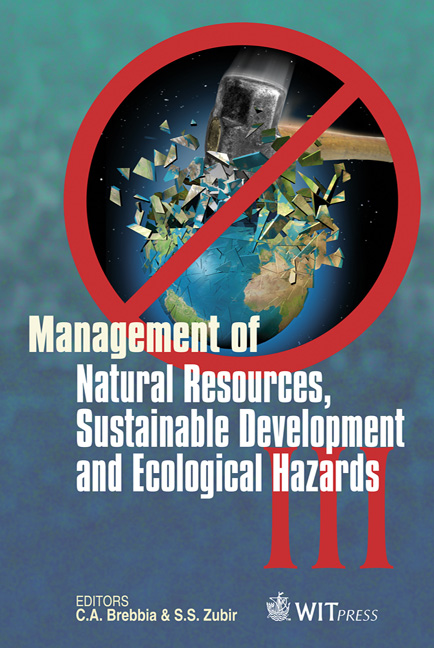Assessment Of The Environmental Impact And Investment Feasibility Analysis Of Rainwater Use In Houses
Price
Free (open access)
Transaction
Volume
148
Pages
12
Page Range
391 - 402
Published
2011
Size
422 kb
Paper DOI
10.2495/RAV110361
Copyright
WIT Press
Author(s)
A. K. Marinoski & E. Ghisi
Abstract
The main objective of this work is to assess the environmental impact and investment feasibility analysis of rainwater harvesting systems for a low-cost house located in Florianópolis, southern Brazil, by using the concepts of Life Cycle Analysis (LCA). The environmental and investment feasibility analysis was performed for two scenarios, i.e., a scenario in which there is only a potable water system supplied by the water utility, and another scenario in which the potable water system is complemented by rainwater. Three types of rainwater storage tanks were analysed: plastic reinforced with glass fibre, high density polyethylene and reinforced concrete. Results indicate that plastic tanks reinforced with glass fibre are environmentally more feasible, while concrete tanks are economically more feasible. This study showed the importance of analysing environmental and economic aspects before implementing a system with rainwater utilization; thus better choices regarding the materials used in the systems, aiming at sustainability in buildings, can be made. Keywords: rainwater harvesting, life cycle analysis, environmental and investment feasibility, houses.
Keywords
rainwater harvesting, life cycle analysis, environmental and investment feasibility, houses





